The Benefits of Using Aluminium Foil Paper for Safe and Sustainable Food Packaging
The growing concern for both food safety and environmental sustainability has prompted many industries to seek innovative packaging solutions. Aluminium foil paper for food packaging has emerged as a leading choice due to its unique properties that enhance food preservation and safety. According to a report by Grand View Research, the global aluminium foil market is expected to reach USD 38.9 billion by 2025, driven by an increasing demand for sustainable packaging materials. Aluminium foil paper provides an effective barrier against light, moisture, and oxygen, which can prolong the shelf life of food products by up to 50%. Moreover, its recyclability addresses environmental concerns associated with traditional packaging materials. As consumers become more environmentally conscious, manufacturers are increasingly opting for aluminium foil paper for food packaging, recognizing its dual benefits of safeguarding food quality while contributing to a sustainable future.

Benefits of Aluminium Foil Paper in Food Packaging: A Green Choice
Aluminium foil paper presents a sustainable alternative to plastic wrap, making it a logical choice for eco-conscious consumers. In recent discussions surrounding food packaging, aluminium has emerged as a frontrunner due to its recyclable properties and lower environmental impact when compared to traditional plastic. Unlike plastic cling wrap, which can take centuries to decompose, aluminium foil can be recycled multiple times, contributing to a more circular economy. This shift is particularly pertinent as consumers increasingly prioritize sustainability in their purchasing decisions, influenced by the growing awareness of the environmental consequences of single-use plastics.
In addition to its recyclability, aluminium foil also offers practical benefits in food storage. It is highly versatile, effectively preserving freshness and preventing contamination. Given the rising demand for convenient and ready-to-eat meal options, aluminium foil packaging has seen significant growth in popularity. As consumers become more aware of their environmental footprint, opting for aluminium foil paper not only supports sustainable practices but also aligns with a healthier lifestyle by reducing waste and promoting eco-friendly choices in food preparation and preservation.
Sustainable Properties of Aluminium Foil: Lightweight and Recyclable
Aluminium foil has emerged as a leading choice for food packaging, particularly in the context of sustainability. Its lightweight nature not only contributes to lower transportation costs but also minimizes the carbon footprint associated with packaging. According to a report by the Aluminum Association, a lightweight material can reduce overall energy consumption by up to 30% during shipping. This efficiency makes aluminium foil an attractive option for eco-conscious companies aiming to lessen their environmental impact.
Moreover, one of the most significant advantages of aluminium foil is its recyclability. The recycling process for aluminium is highly efficient, requiring only 5% of the energy needed to create new aluminium from bauxite ore. The International Aluminium Institute reports that recycled aluminium retains 95% of its original properties, ensuring that it can be reused multiple times without degradation. As consumer demand for eco-friendly packaging continues to rise, embracing materials like aluminium foil not only fulfills sustainability goals but also aligns with the growing trend toward responsible packaging solutions in the food industry.
The Benefits of Using Aluminium Foil Paper for Safe and Sustainable Food Packaging
| Property | Description | Advantages | Environmental Impact |
|---|---|---|---|
| Lightweight | Aluminium foil is easy to handle and transport. | Reduces transportation cost and energy consumption. | Less fuel consumption in transportation leads to lower emissions. |
| Recyclable | Aluminium can be recycled many times without losing quality. | Conserves natural resources and energy. | Reduces landfill waste and environmental footprint. |
| Barrier Properties | Protects food from light, moisture, and bacteria. | Extends shelf life and preserves food quality. | Reduces food waste by increasing storage longevity. |
| Heat Conductivity | Excellent heat conductor, allows for even cooking. | Enhances cooking efficiency and quality. | Promotes energy savings in kitchen appliances. |
Effective Barrier: How Aluminium Foil Protects Food Quality
Aluminium foil paper has emerged as a frontrunner in safe and sustainable food packaging, primarily due to its exceptional barrier properties. According to a report by the European Aluminium Foil Association, aluminium foil can block moisture, light, and oxygen—factors known to deteriorate food quality. This protective capability extends the shelf life of various food products, from baked goods to dairy, ensuring they remain fresh and palatable for longer periods.
Moreover, the use of aluminium foil helps reduce food waste, a critical factor in sustainability efforts. The U.S. Department of Agriculture estimates that approximately 30-40% of the food supply goes uneaten, resulting in significant environmental impact. By utilizing aluminium foil, businesses and consumers can better preserve food integrity, ultimately lowering waste levels and benefitting the environment.
Tips for Using Aluminium Foil Effectively:
- Always wrap food tightly to maximize its protective qualities and minimize air exposure.
- Use the shiny side facing out when wrapping food; this can help reflect heat and maintain temperature.
- Recycle used aluminium foil whenever possible, as it can be reused several times without losing its integrity, contributing to a more sustainable food packaging solution.

Cost-Effectiveness of Aluminium Foil for Home and Commercial Use
Aluminium foil is an increasingly popular choice for both home and commercial food packaging due to its cost-effectiveness and versatility. According to a report by the Aluminium Association, the global aluminium foil market is projected to reach $33.59 billion by 2027, driven by the demand for more sustainable and efficient packaging solutions. In households, aluminium foil allows for convenient meal preparation and storage while providing excellent barrier properties that keep food fresh. This material is not only lightweight and easy to mold but also more affordable compared to other wrapping materials such as plastic wraps or specialty food storage containers.
Tips for maximizing the use of aluminium foil include reusing foil sheets whenever possible to reduce waste and costs. For instance, after using aluminium foil to wrap leftovers, consider cleaning it and using it again for future meals. You can also use it to line baking trays, which not only saves time on cleanup but also reduces the need for more expensive parchment paper. Additionally, aluminum foil can be an ideal choice for commercial settings, where bulk purchasing can significantly lower costs, with reports indicating savings of up to 20% compared to plastic alternatives when bought in large quantities. As businesses increasingly shift towards sustainable practices, using aluminium foil aligns with cost-effective and eco-friendly objectives, making it a smart choice in the food packaging industry.
Creative Ways to Use Aluminium Foil Paper Beyond Food Packaging
Aluminium foil paper is not just a staple for food packaging; it can be creatively repurposed in various ways that support sustainability. In light of growing concerns about plastic waste from takeout containers, aluminium foil offers an eco-friendly alternative. For instance, many households use aluminium foil to cover leftovers, though experts caution against this practice due to potential health risks. Instead, consider alternative uses, such as crafting makeshift funnels for pouring ingredients or creating shiny decorations for parties.
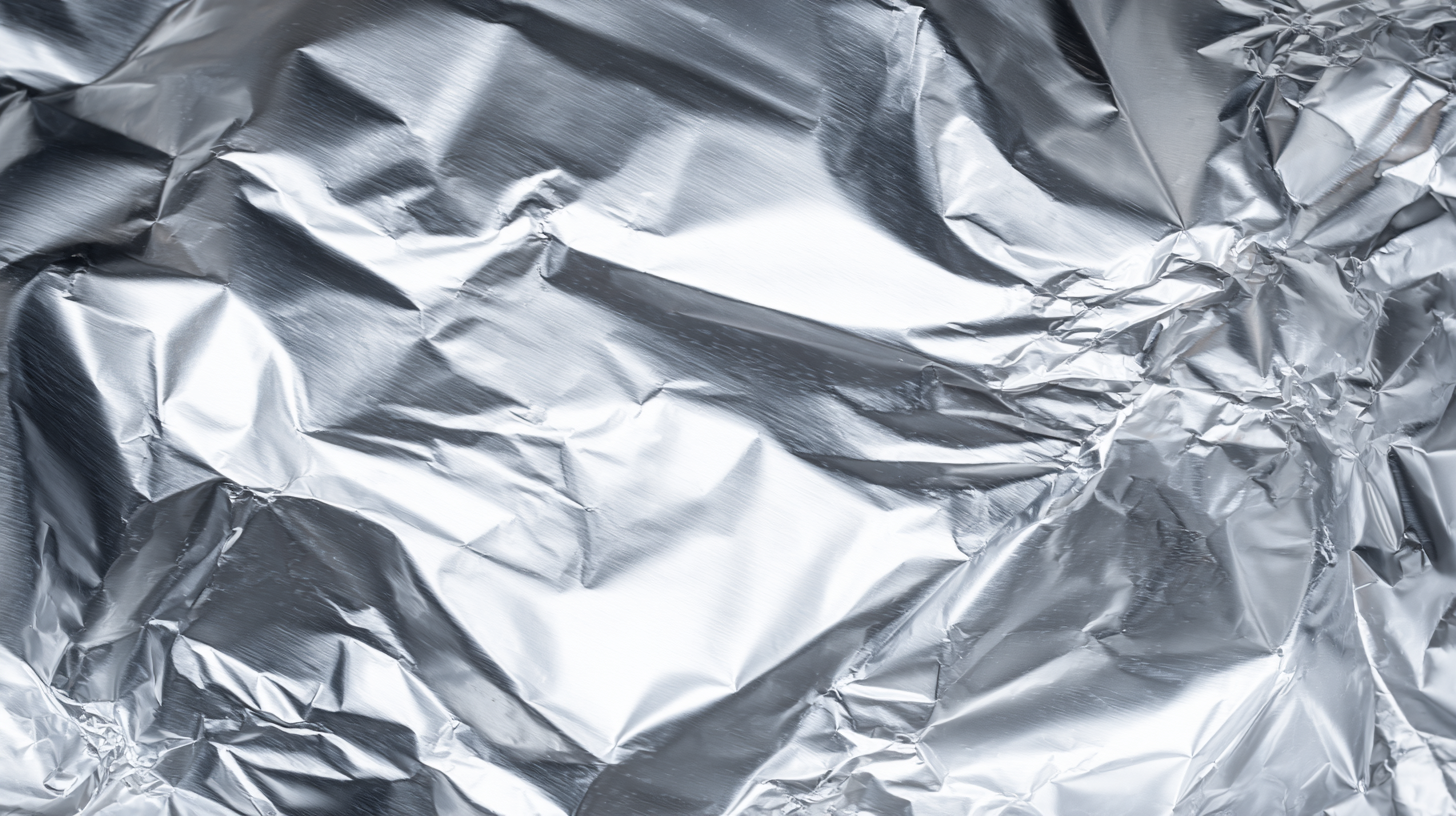
Tips: When using aluminium foil for crafting, ensure you recycle the sheet afterward. Avoid using it for direct food storage if you’re concerned about health risks—opt for glass or silicone containers instead.
Another innovative use of aluminium foil is to create a weatherproof cover for outdoor plants during chilly nights. Its reflective surface can help maintain warmth, acting as a protective blanket for vulnerable vegetation. Transitioning to using aluminium foil responsibly not only promotes food safety but also aligns with modern sustainability goals.
Tips: Always store used aluminium foil in a clean state for recycling. For crafting projects, reinforce the structure with tape to enhance durability.
Related Posts
-
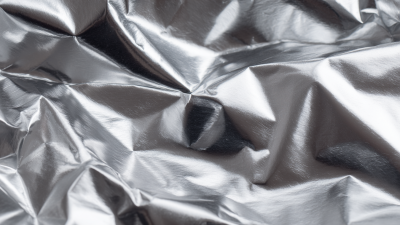
Innovative Uses of Aluminium Foil Paper for Food Packaging You Never Knew Existed
-

The Surprising Science of Tin Foil: Uncovering Its Hidden Uses in Everyday Life
-

Exploring Market Trends for Wrapping Foil at the 138th Canton Fair 2025 in China
-
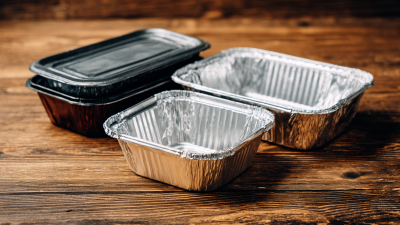
How to Choose the Right Foil Container for Your Food Packaging Needs
-
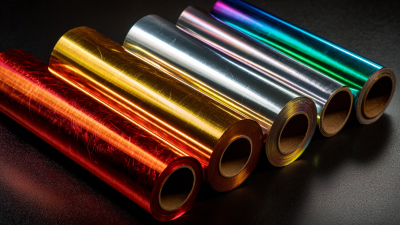
Unlocking the Creative Potential: How Foil Sheets Transform Your Crafting Projects with Stunning Results
-
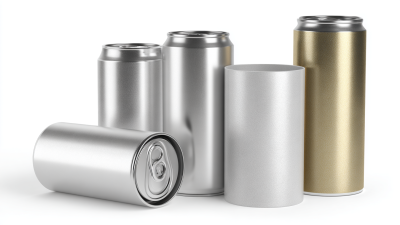
What is the Role of Aluminium Packaging in Modern Sustainability?
